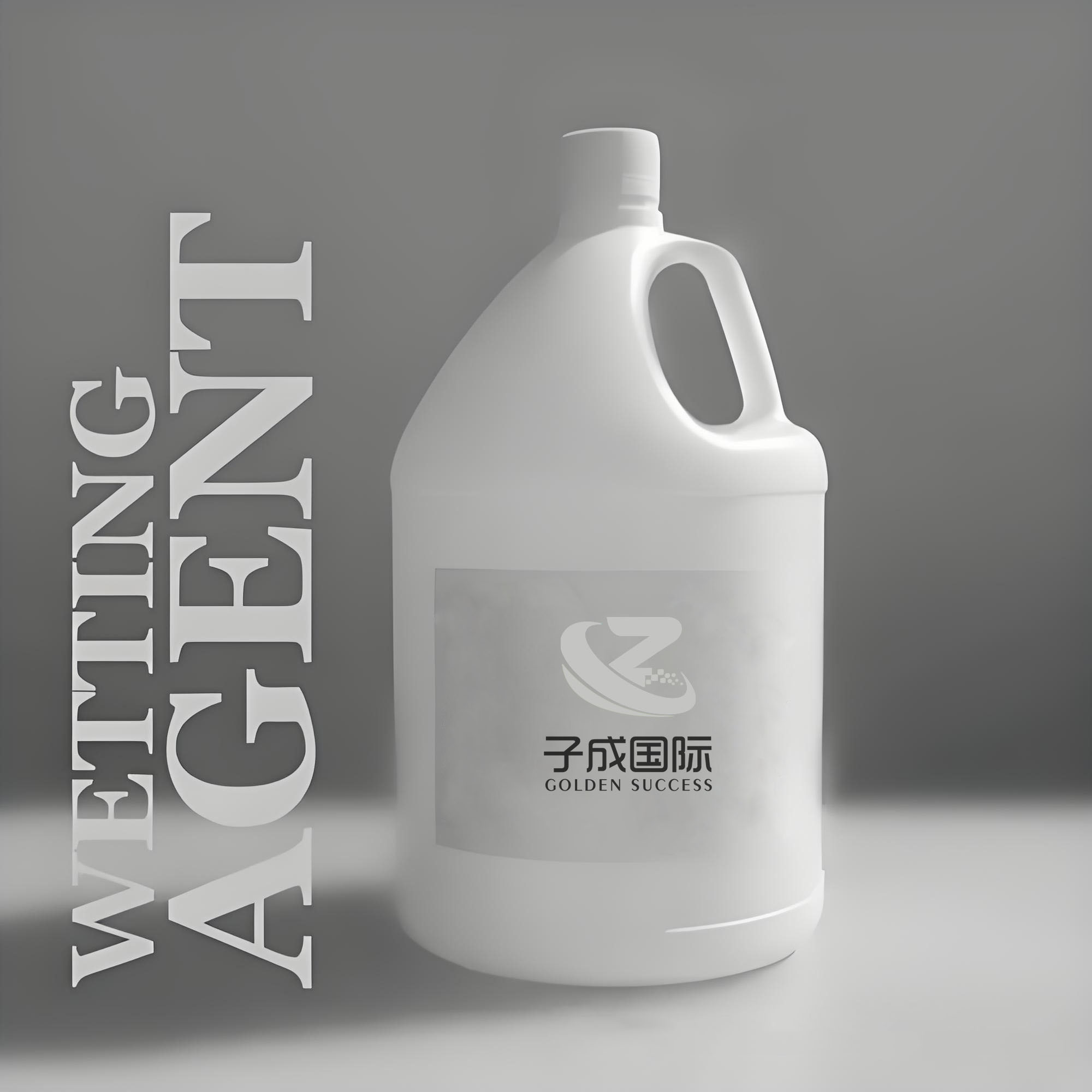There are various types of textile wetting agents, which can be classified according to their chemical composition into surfactants, high molecular weight polymers, inorganic salts, etc. Different types of wetting agents have different properties and characteristics, suitable for different textile processing scenarios.
Surfactant based wetting agents can significantly reduce the surface tension of water, making it easier for water to come into contact with fibers and achieve sufficient wetting. Polymer based wetting agents mainly improve the wettability of fiber surfaces through the adsorption and bridging of polymer segments. Inorganic salt wetting agents, such as sodium sulfate, sodium chloride, etc. This type of wetting agent mainly reduces the surface tension of water through ion effect, but its effectiveness is relatively limited.
Textiles of different fiber types have different requirements for wetting agents. For example, cotton fibers have high requirements for wetting agents, and it is necessary to choose wetting agents with good permeability and diffusion properties; Synthetic fibers have certain requirements for the anti-static performance of wetting agents. Different processing techniques have varying performance requirements for wetting agents. For example, in the dyeing process, it is necessary to choose wetting agents that can improve the diffusion and permeability of dyes; In the printing process, it is necessary to choose wetting agents that can quickly penetrate and stabilize the printing effect.
With the increasing awareness of environmental protection, more and more textile processing enterprises are paying attention to the environmental performance of wetting agents. Therefore, when selecting wetting agents, it is necessary to consider factors such as whether they are biodegradable and harmful to the environment. Different fiber types and processing techniques have varying requirements for wetting agents. Therefore, in practical applications, it is necessary to comprehensively consider factors such as the material, process requirements, and environmental protection requirements of textiles, and select the appropriate type and amount of wetting agent to achieve the best processing effect.

 English
English
 Chinese
Chinese Vietnamese
Vietnamese
 HOME
HOME
 PRODUCT
PRODUCT
 NEWS
NEWS
 CONTACT
CONTACT


